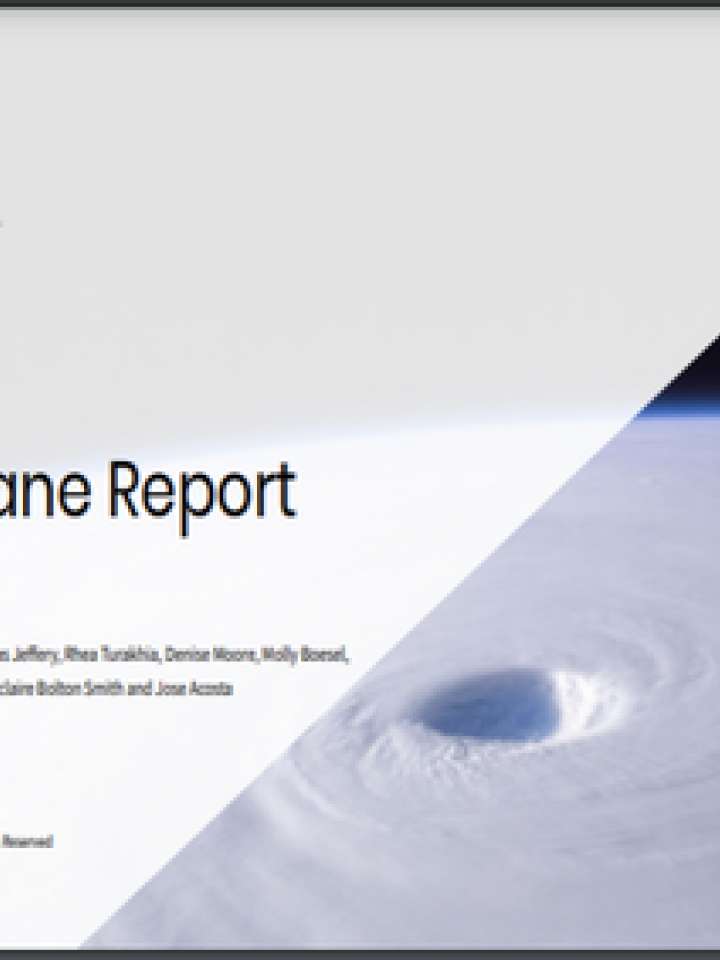2021 Hurricane Report
This publication provides an overview of the 2021 Hurricane Season in the United States. The National Oceanic and Atmospheric Administration (NOAA) has projected a total of 13-20 named storms, 6-10 hurricanes and 3-5 major hurricanes, defined as Category 3 and higher. In 2020, the United States was the ultimate destination for a record high of 30 named storms over the course of the hurricane season, which battered the Gulf and Atlantic Coasts. Three of these storms hit the Louisiana coast back-to-back and hurricanes Laura and Delta made landfall just 15 miles apart in less than six weeks. The Southwest Louisiana community was devastated. Homes were reduced to slabs. Roofs were missing. And the heat that set in shortly after the storm dissipated meant many homes, rife with water damage, grew mold. This crisis highlighted an important distinction: while hurricanes are devastating for any community, the effects of disasters can be exponentially worse for lower-income areas. In understanding hurricane risk exposure, both today and in the future, financial devastation for insurers, homeowners and communities can be prevented.
CoreLogic identified more than 31 million single-family homes (and almost 1 million more homes in multi-unit buildings) that were at moderate or greater risk from the damaging winds of a hurricane. Almost 8 million of these homes had direct or indirect coastal exposure and subsequent risk from coastal storm surge and damage from hurricanes. For any one community, hurricane losses are severe and infrequent, and homeowners primarily rely on the availability of insurance proceeds to restore homes and support community resilience goals. Damage from hurricane winds is generally insured for most homes, but flood insurance is not uniformly purchased by homeowners. Studies by CoreLogic have shown that up to 70% of the damages from flood to homes is uninsured.
Explore further
